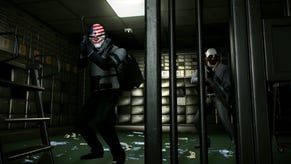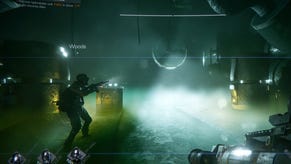Payday 2's Switch port looks fine but runs poorly
A shooter that misses the target.
The heist is on! Payday 2 has arrived on Nintendo Switch, making it by default the first truly portable version of the game. Based on the editions released for PS4 and Xbox One three years ago, the port goes further, incorporating a wireless four-player option for nearby Switch users, along with other tweaks and DLC added since its last-gen launch. In most other respects, the game's core remains the same as before, which begs the question - to what extent can Nintendo's hybrid match the 1080p30 experience of the existing current-gen versions?
Obviously, we are dealing with a significant power differential between Switch and its established counterparts - tweaks to graphical settings are commonplace in Switch ports and there sometimes there are performance compromises too. To start, Switch runs at 1600x900 while docked. In itself, that's a pretty good showing, and it looks fine while connected to a HDTV. Any resultant jaggies from the resolution downgrade are mostly resolved via a strong post-process anti-aliasing, meaning that it's softer next to the direct competition, but it's hard to complain, especially when other ports have delivered a much lower 720p pixel-count.
Running at a lesser 900p is fine on its own, but even in docked mode, the quality of most the other visual features is either dropped or disabled outright. Take anisotropic filtering, for example. This is one of the oddities of the existing versions: it's fully maxed at 16x anisotropic filtering or close to it on Xbox One, but reduced to a mere trilinear implementation on PS4. Switch inherits that low quality texture filtering of the Sony version - an approach that muddies ground textures. There's a double-whammy here in that the core texture quality itself is downgraded on the Nintendo machine too: fine for handheld play, not so impressive when docked.
Shadows - a computationally taxing rendering element - also show a clear cut in quality. Again, the filtering cascade is exactly the same as PS4 but up-close, the quality preset is simply lower on Switch. That said, the effect holds up well enough to escape notice while in the heat of action. Considering that the shadow setting is also usually one of the more demanding areas when tweaking the PC version, it's perhaps understandable that this would take a hit.
Overall object draw distances are still very close to what we get on PS4 and Xbox One. The geometric layout of banks, jewelry stores and nightclubs is perceptually identical on Switch - and likewise for NPC counts - meaning scenarios play out in much the same way. And while there are a few anomalies here and there in draw distance, the framework of the game is very much intact. These locations are often complex sprawls: starting at streets filled with cars, to shopping malls filled with nicely detailed shops, each partitioned by breakable glass. In its defense, this is a successful design choice for the Switch version. It does at least translate the core logic of the other releases, even if it dials down the visuals over the top.
It's not all bad news though. There's actually one cutback on Switch that could rank as a bonus in that the chromatic aberration effect is removed. This post-processing extra is enforced on PS4 and Xbox One, distorting the edges of the screen - but it's completely absent on Switch. It was never a huge distraction, but it does make this version look cleaner around the edges. You can call it a matter of preference, but the removal of chromatic aberration is another mark of the developer cutting back any visual features it can in a bid to claw back performance. Sadly, this also extends to light bloom, which is also removed on Switch.
All of these observations apply equally to the undocked, mobile experience, where performance suffers still further. However, there is something curious going on here. Playing the game docked, then switching to portable mode sees the game retain its 900p resolution, which is then super-sampled down to the 720p screen. However, booting the game in mobile mode sees native 720p rendering with no downscaling. This is where the inability to measure mobile performance accurately is an issue, as we suspect that booting the game in portable mode should deliver a notable performance advantage. It certainly seems a touch smoother but unfortunately we can't provide definitive numbers to match. Regardless though, this does appear to be a bug that should be patched.
Outside of some shading differences between then, the Switch release does still have a lot in common with the other versions - even down to the limitations those older releases had. One aspect that really sticks out is the use of a half-rate animation on characters past a certain range. The shopping mall stage shows this off best: towards the corners of the screen, you can see characters animate at a jarring 15fps, even while docked. Worse still, they can often pop in from the sky, or glitch out on their first step forward.
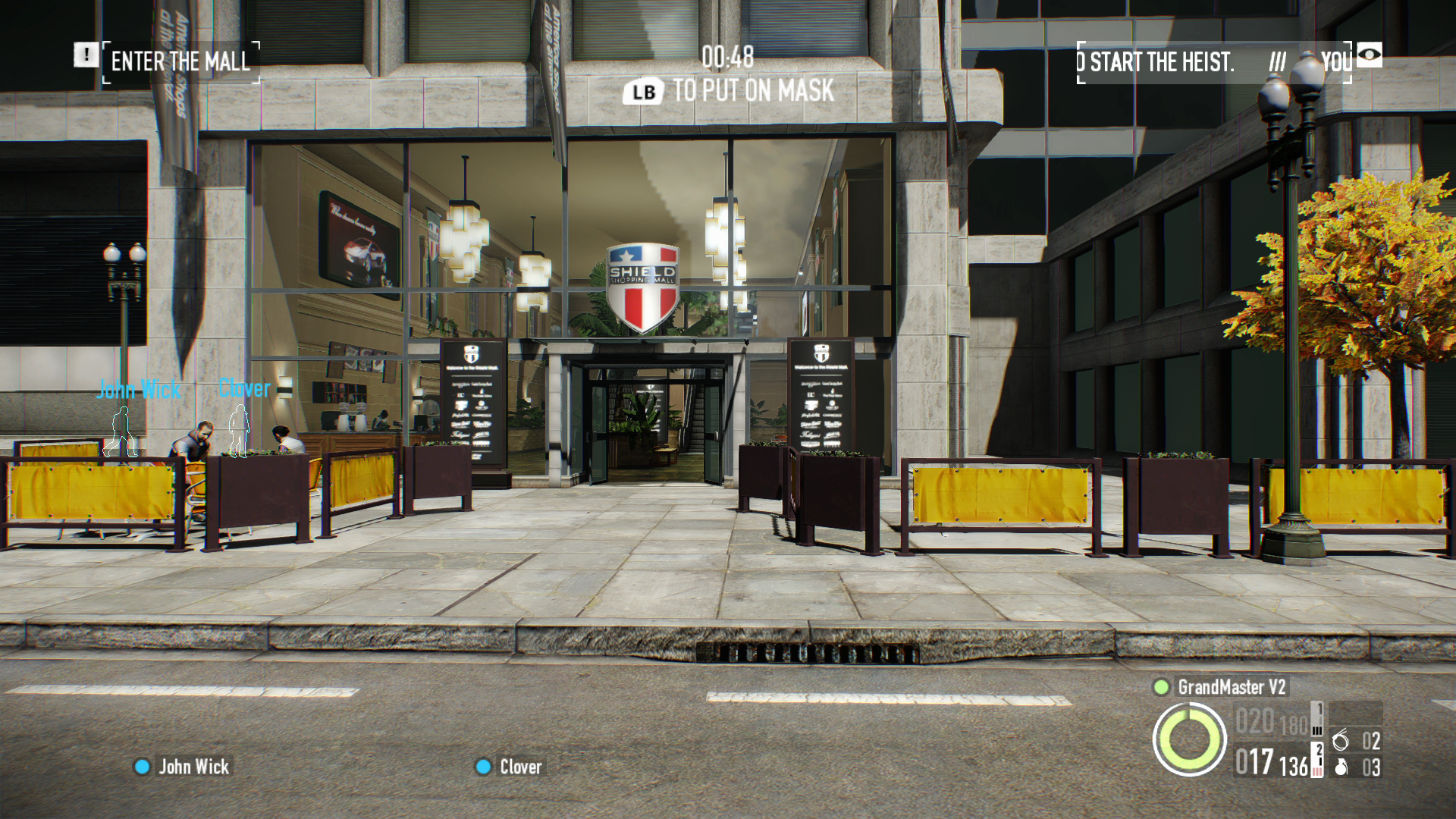
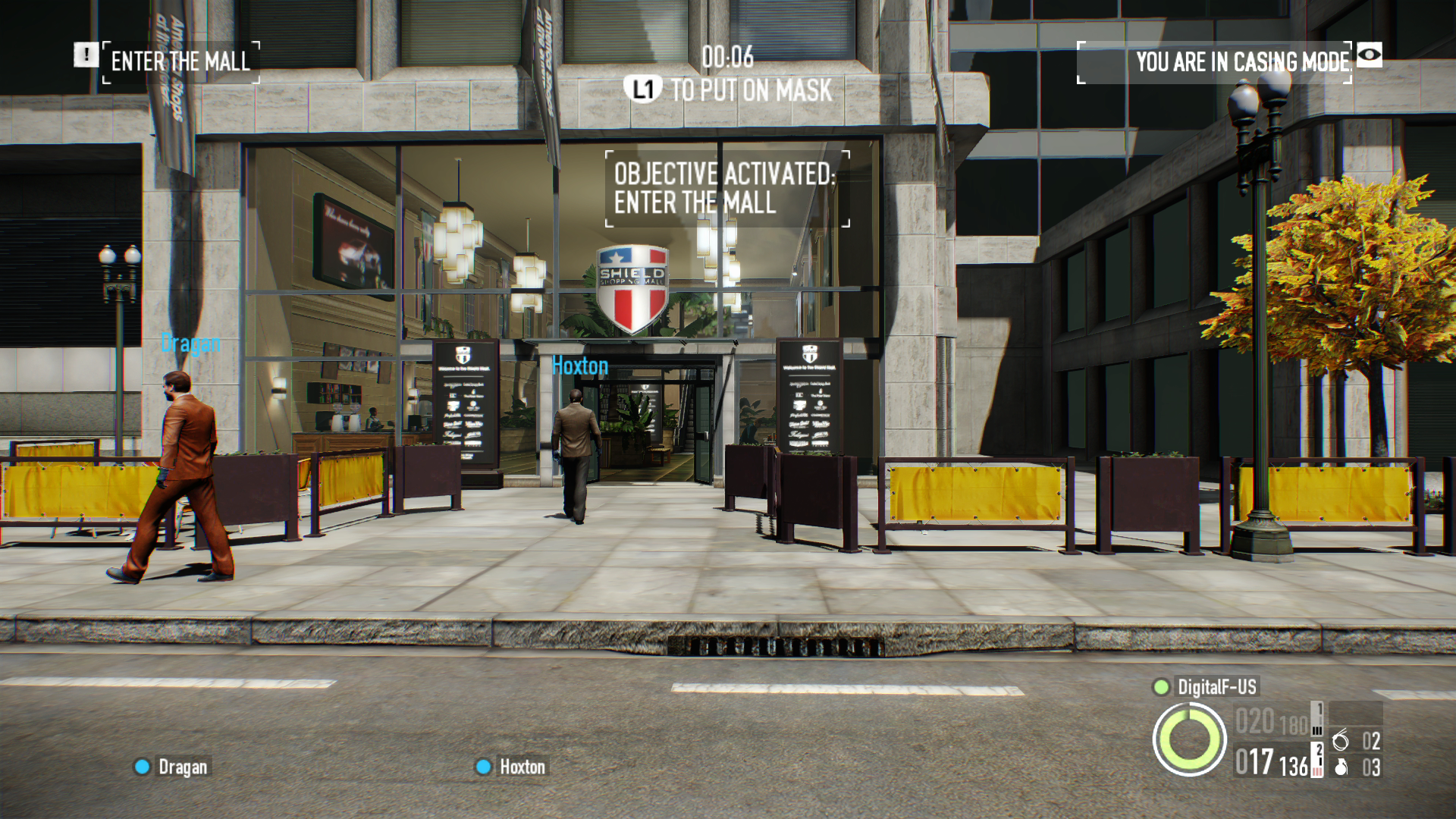
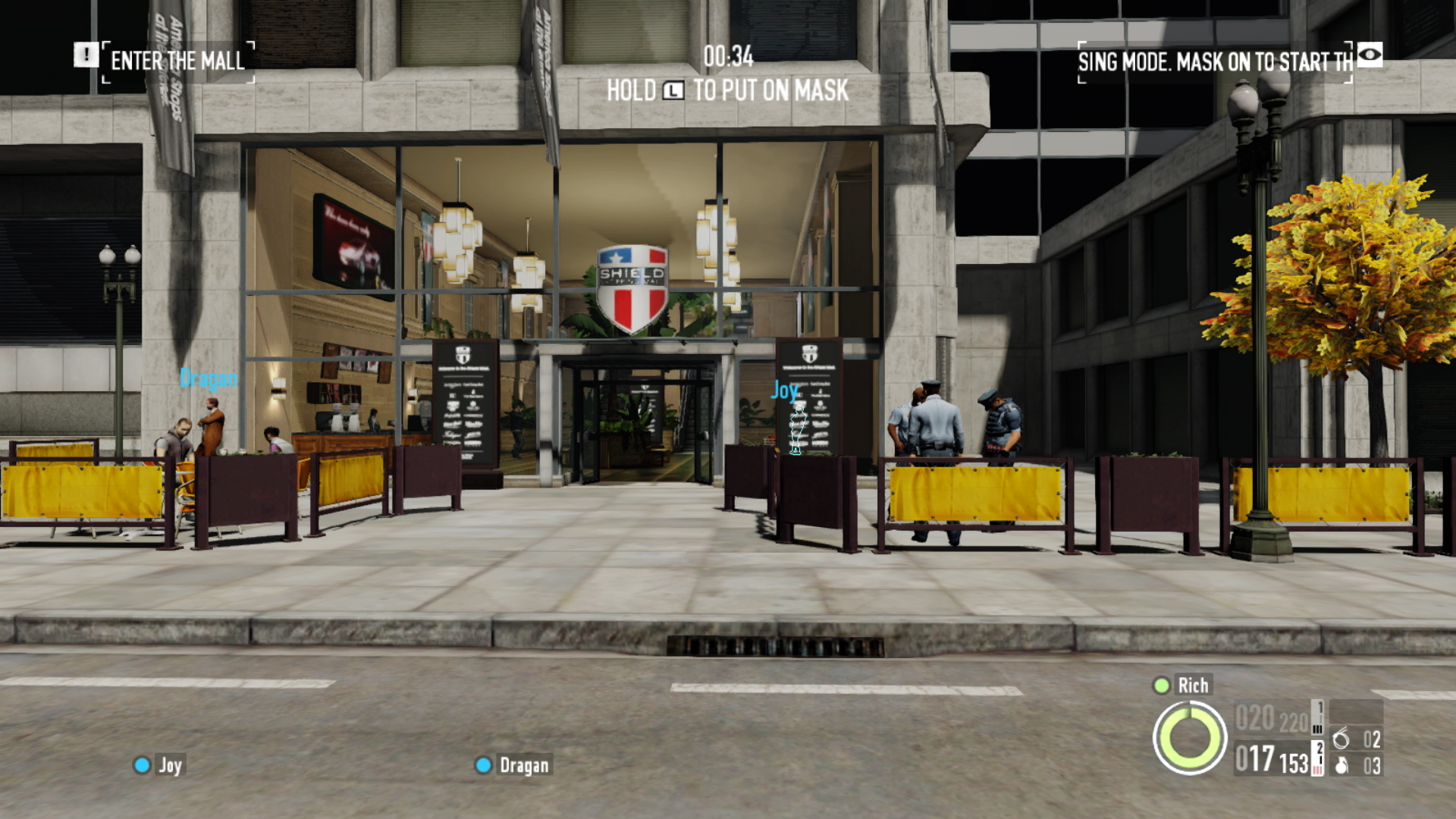
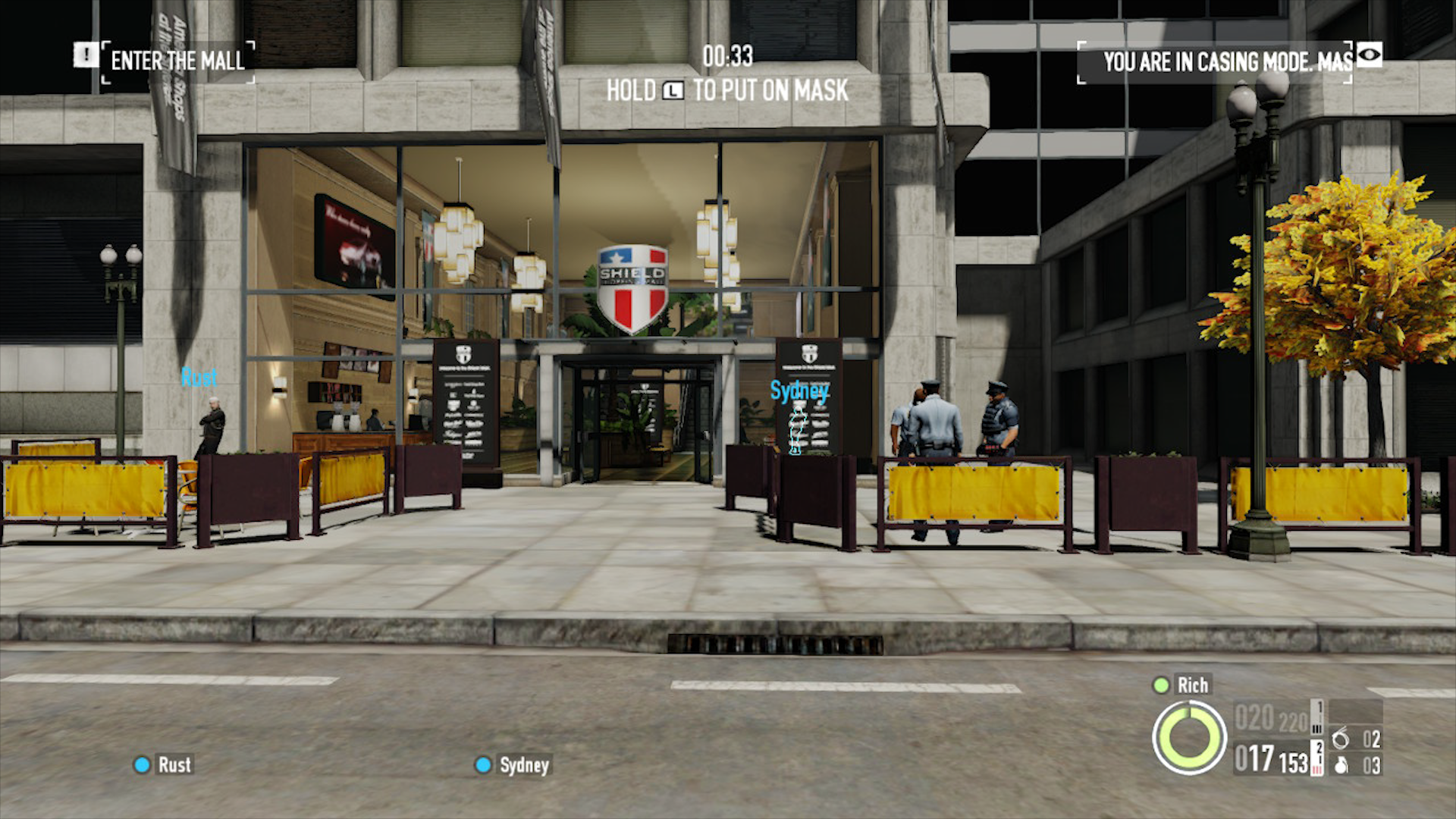
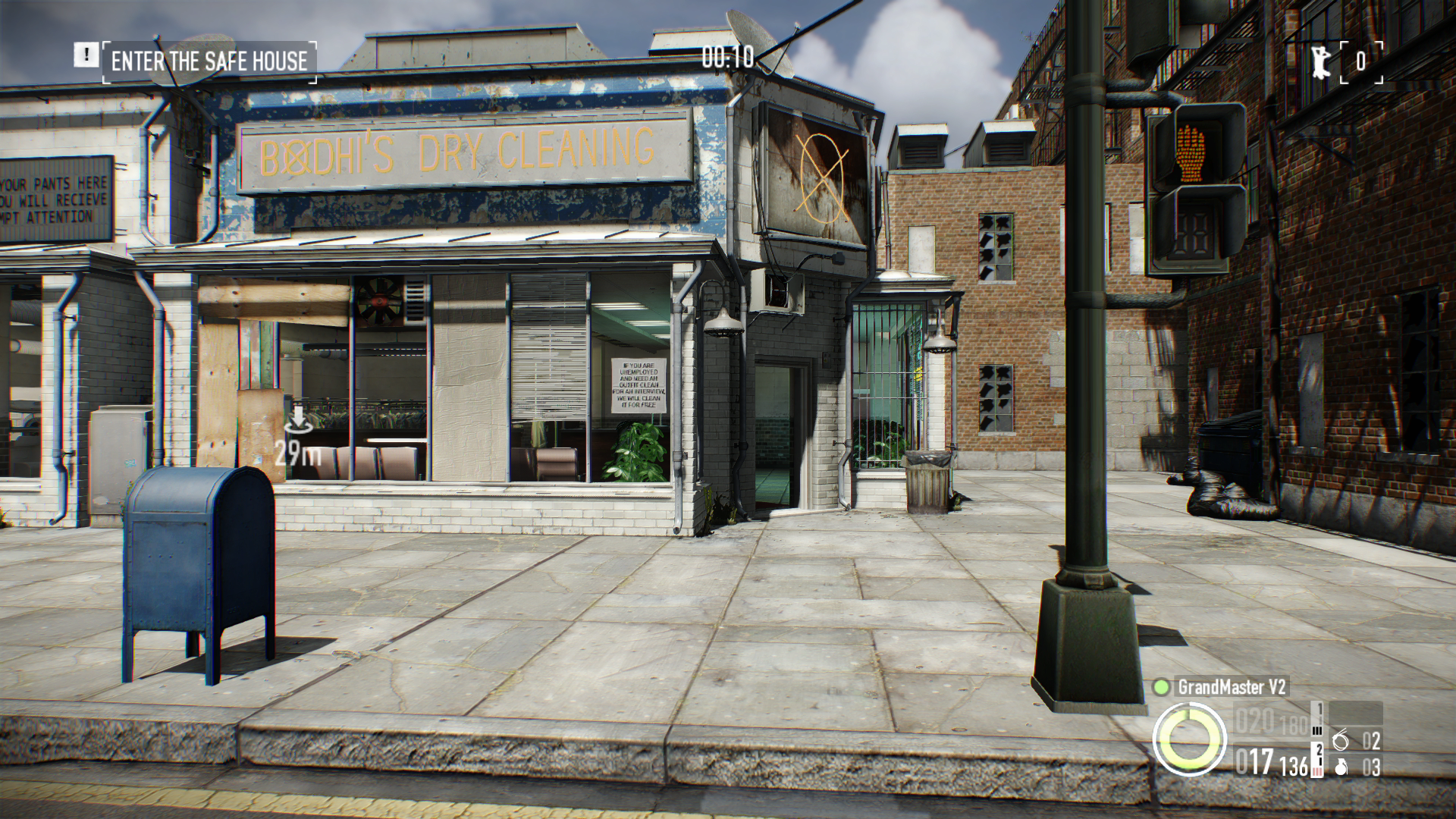
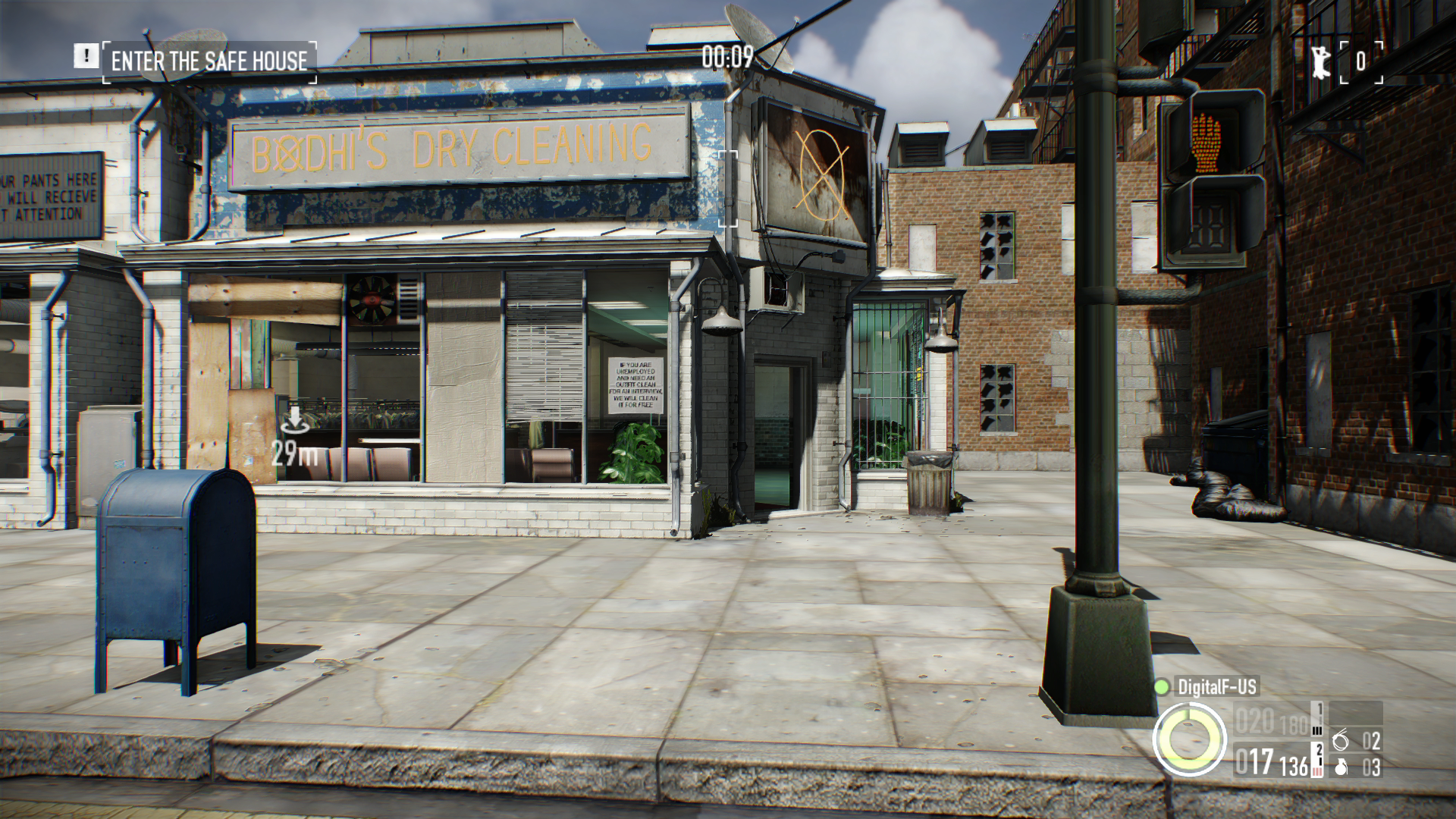
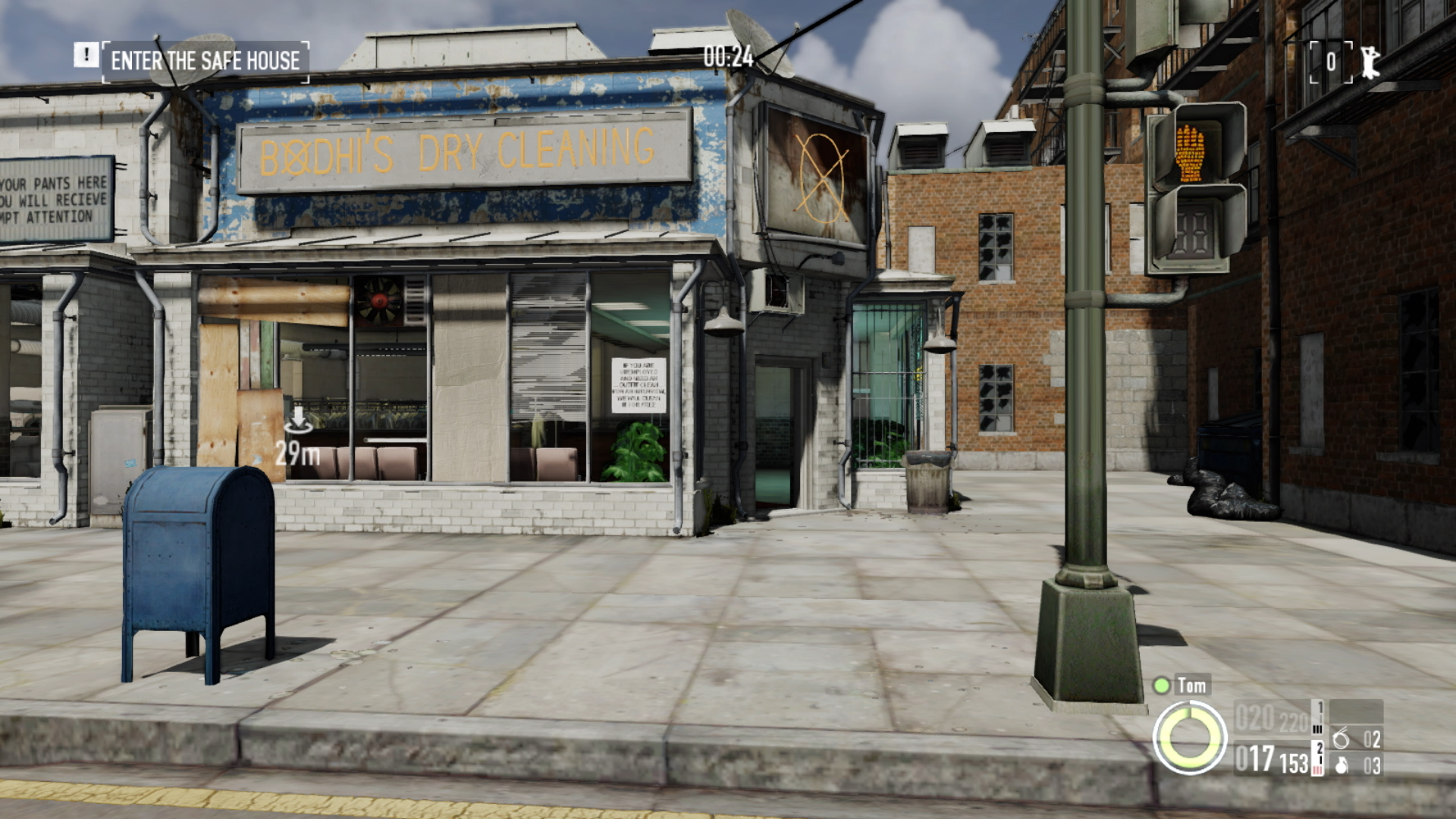
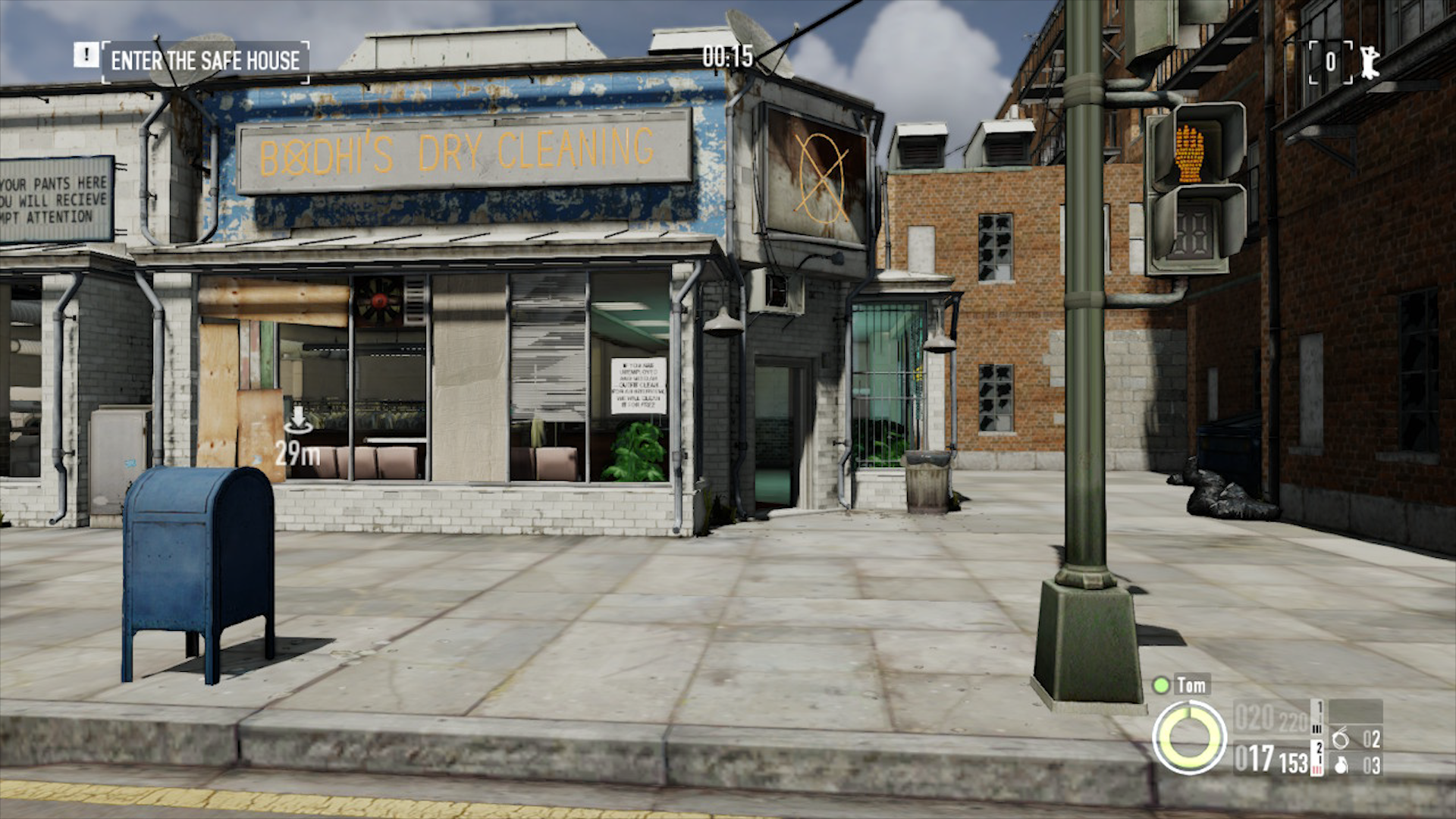
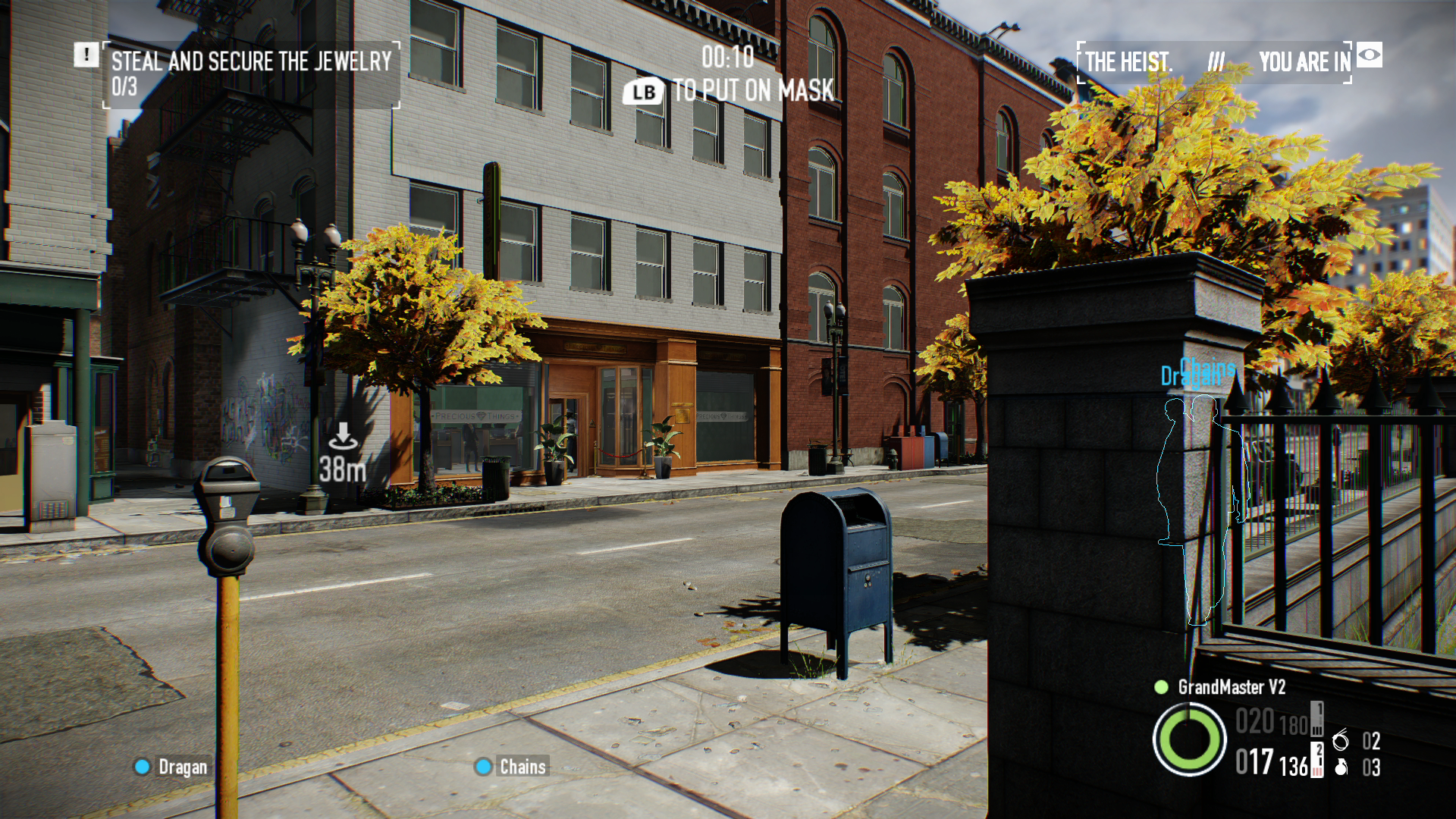
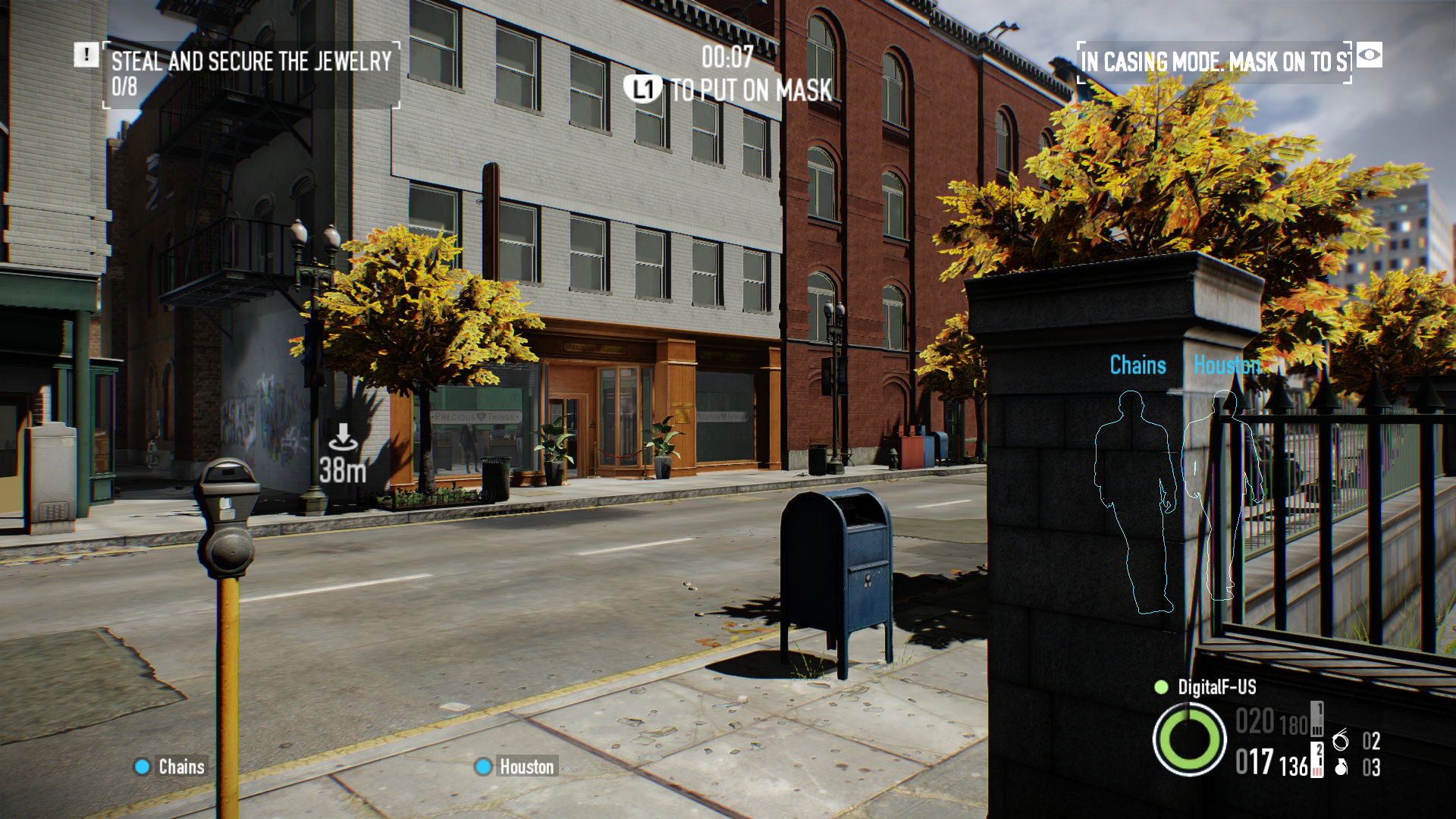
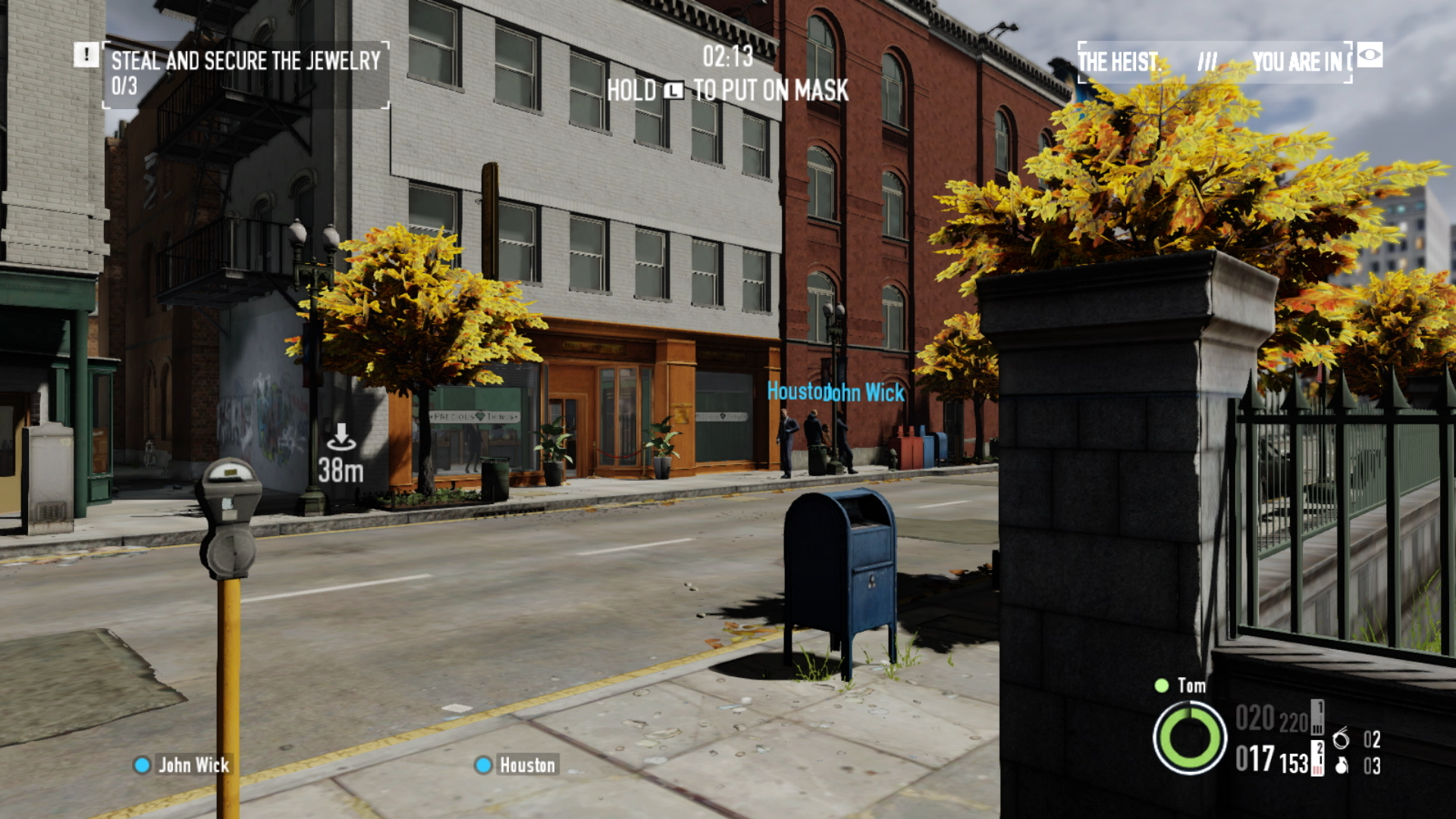
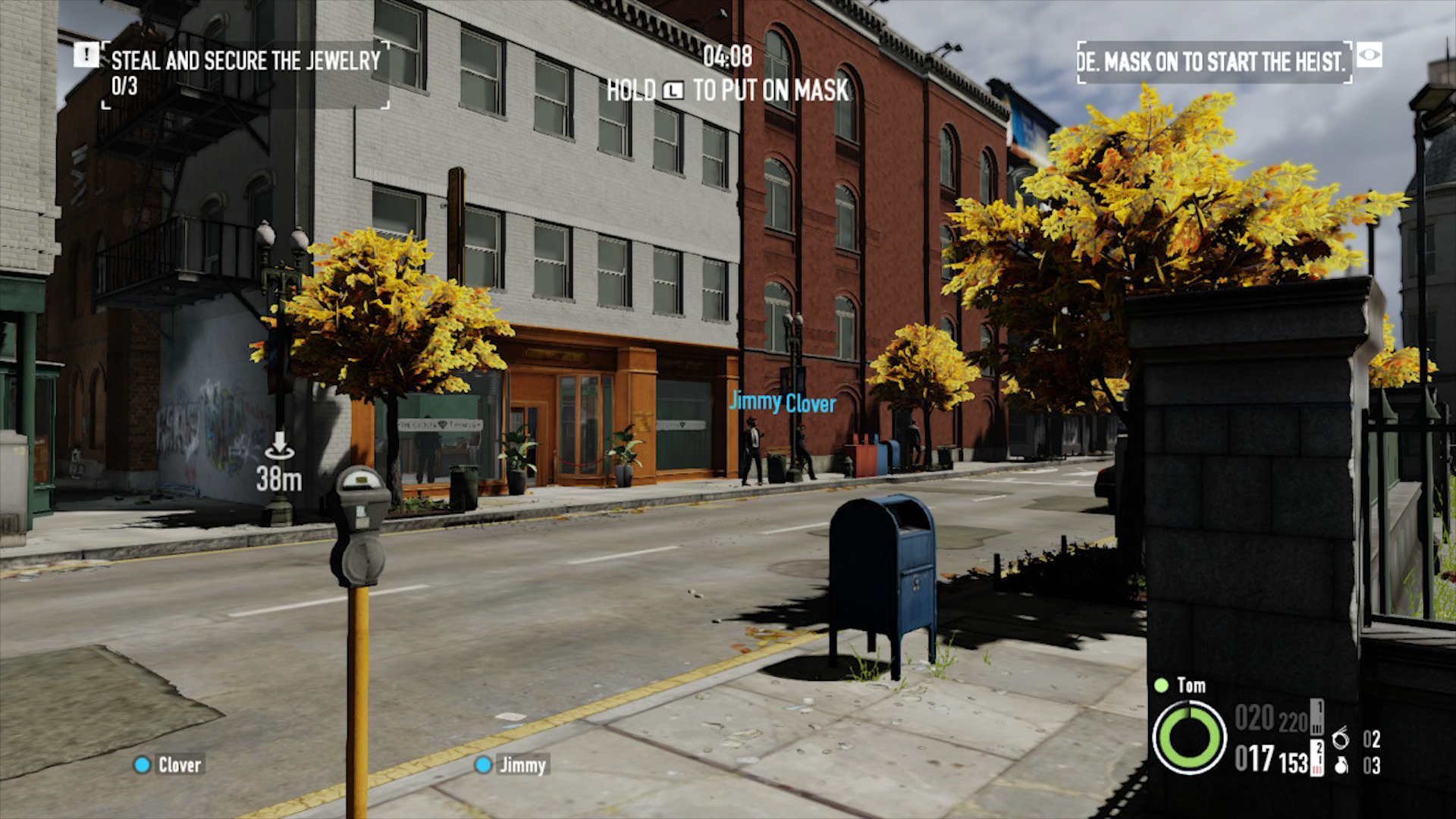
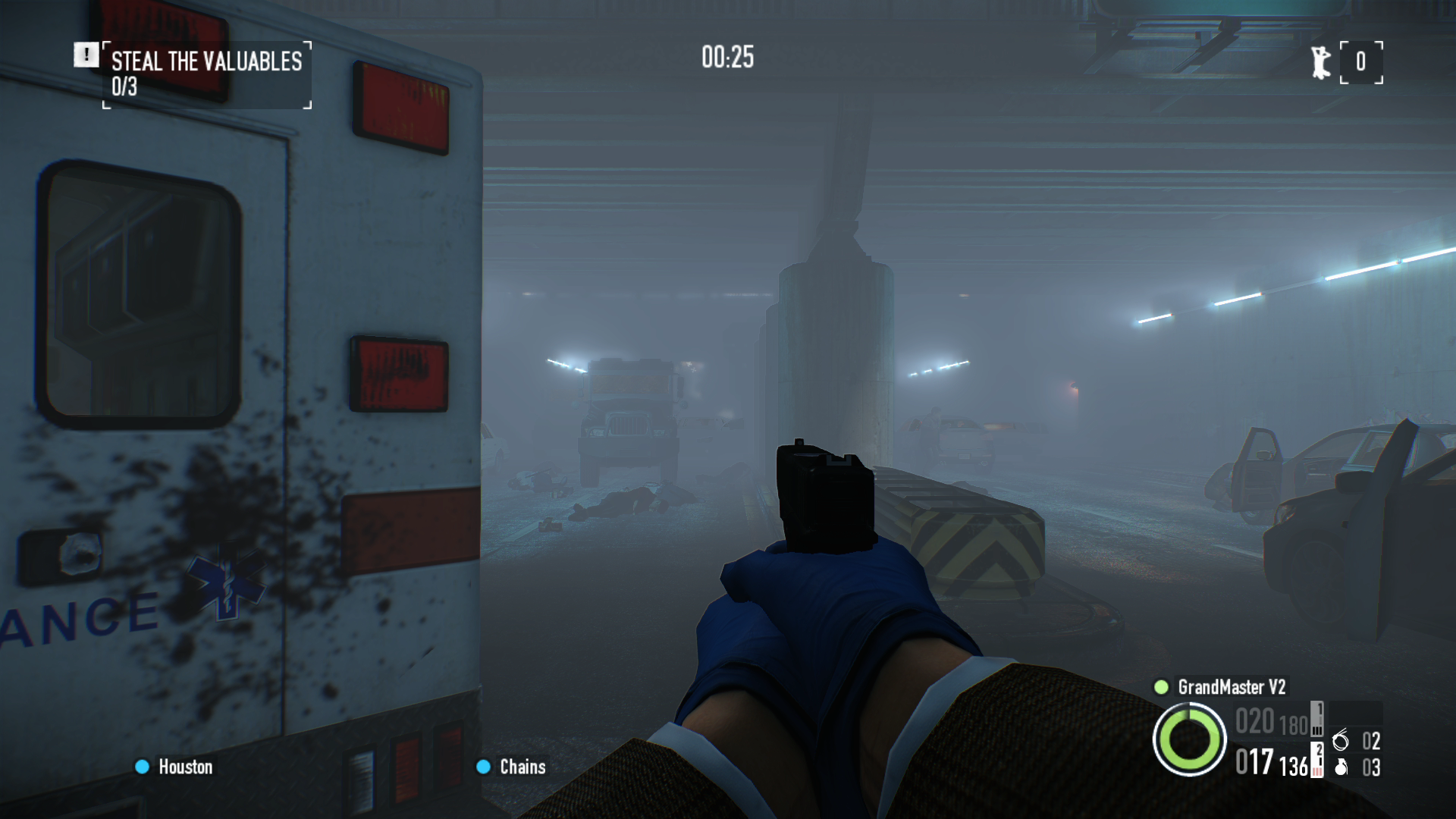
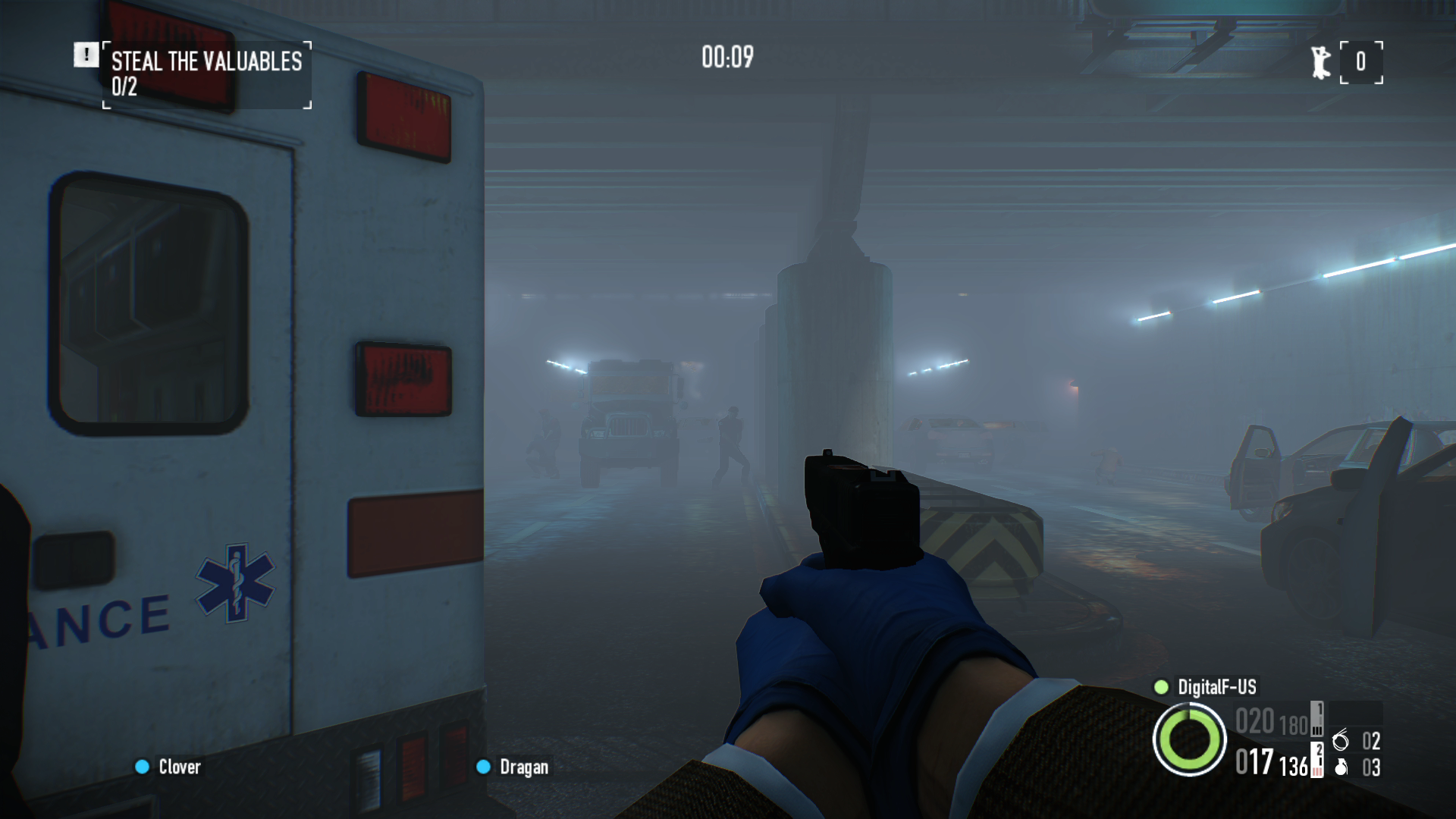
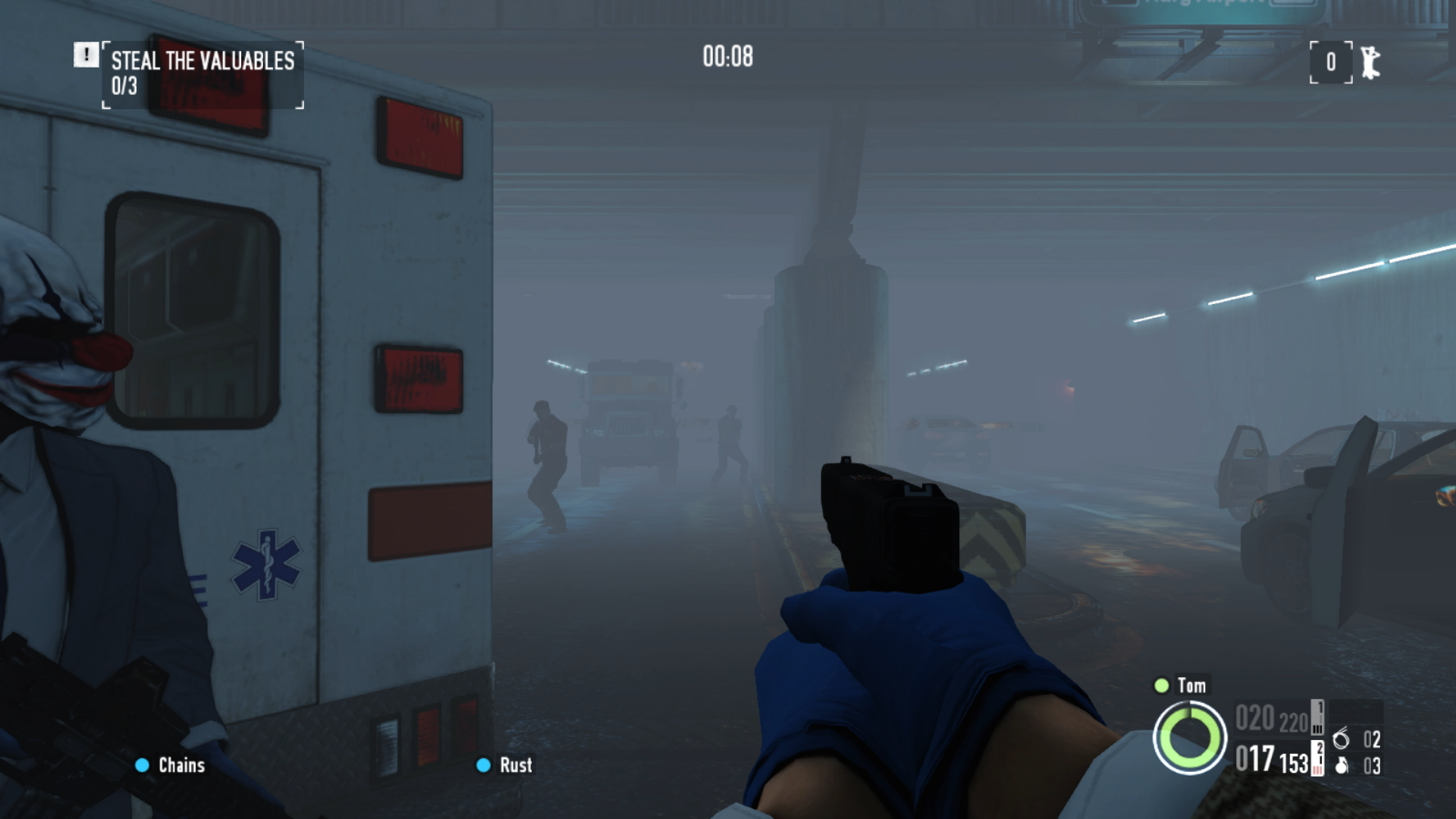
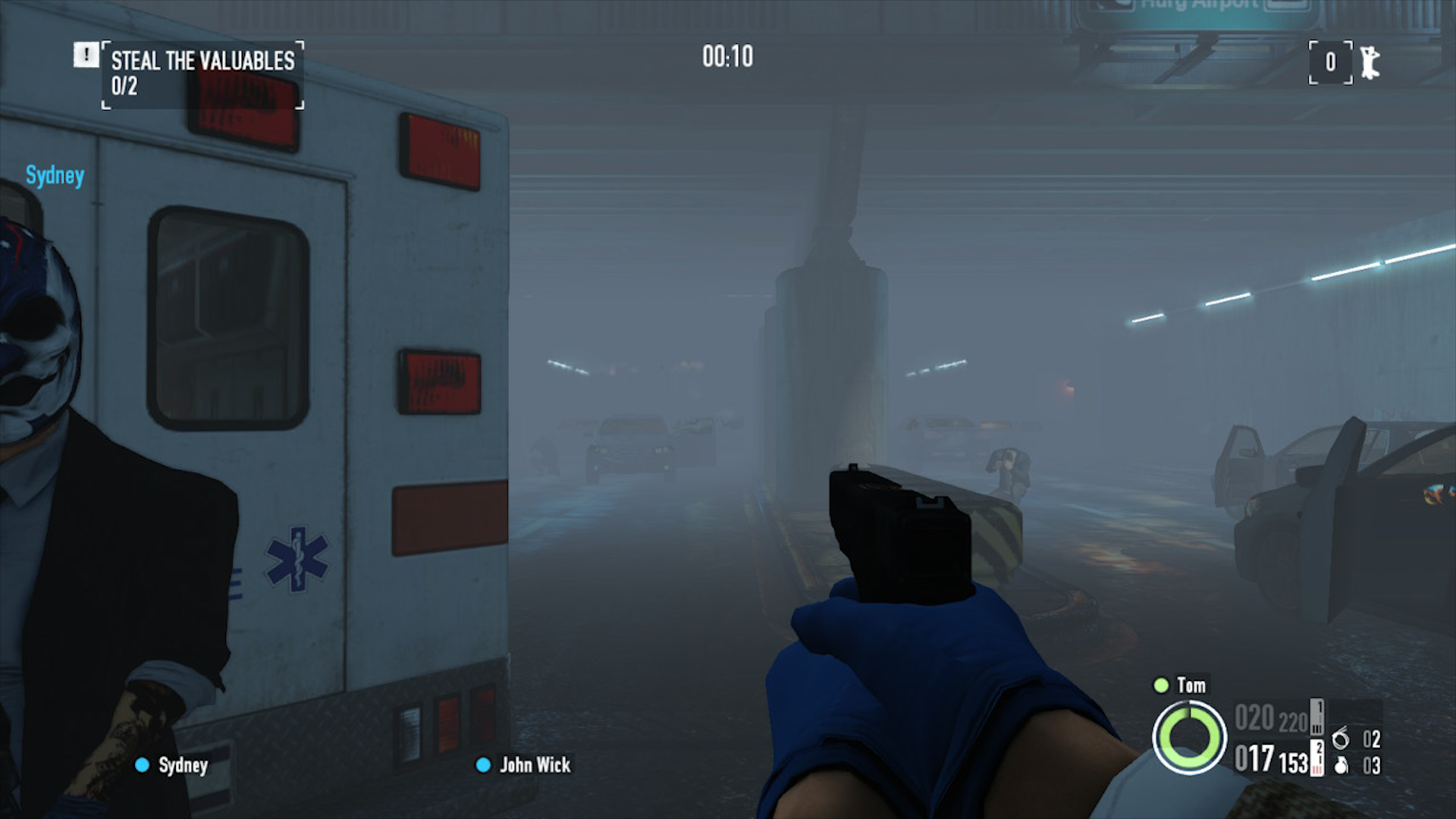
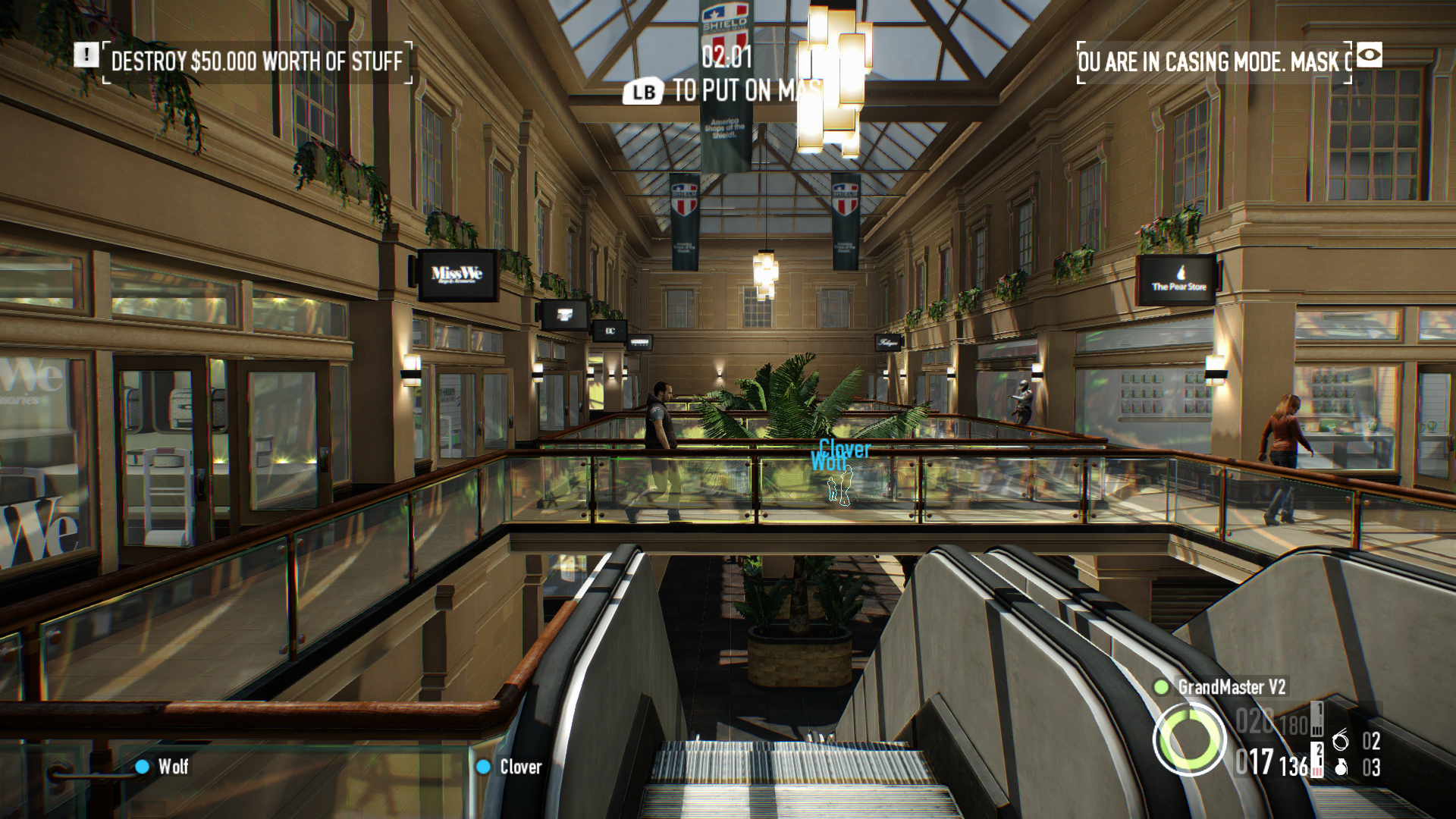
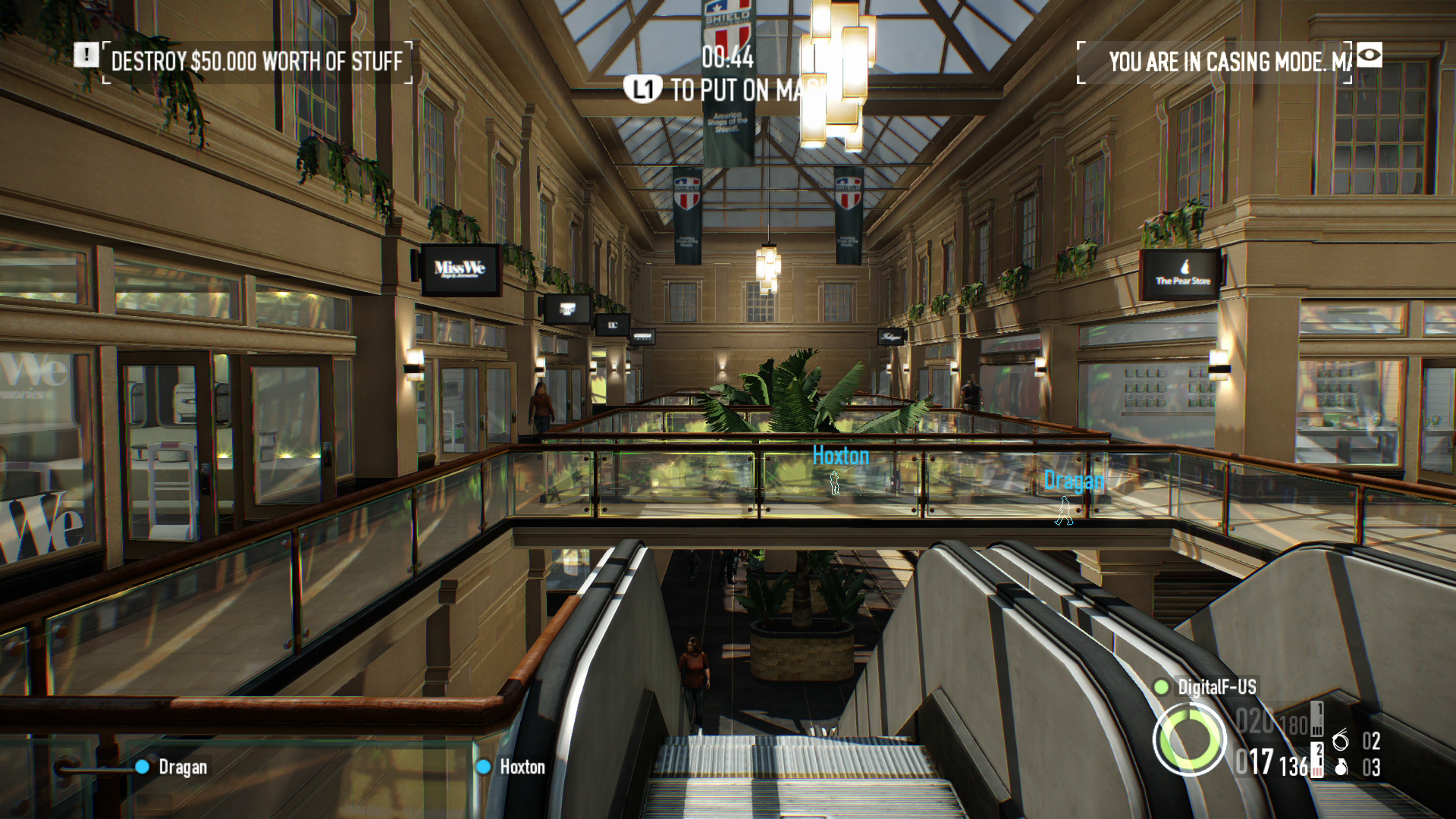
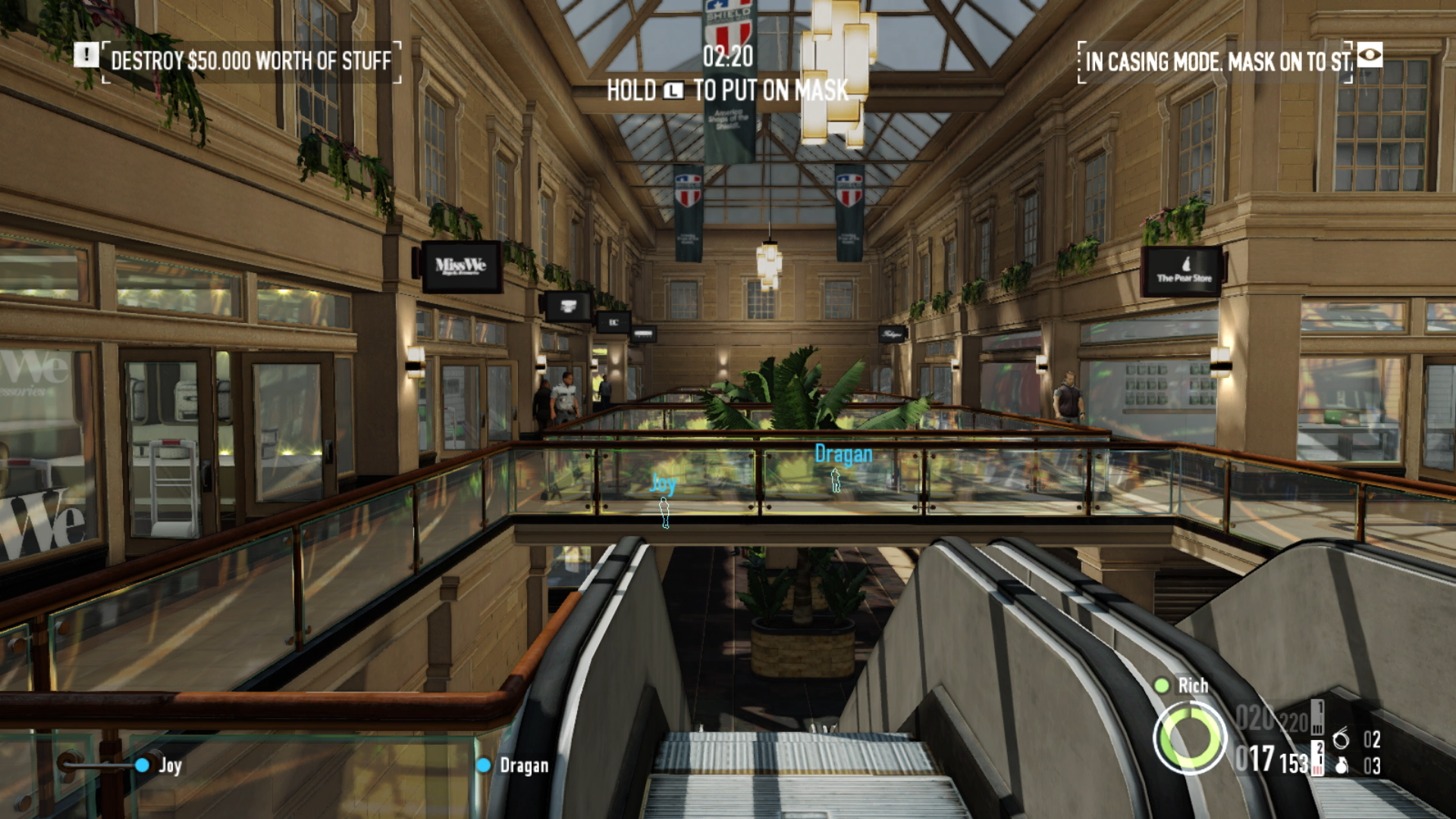
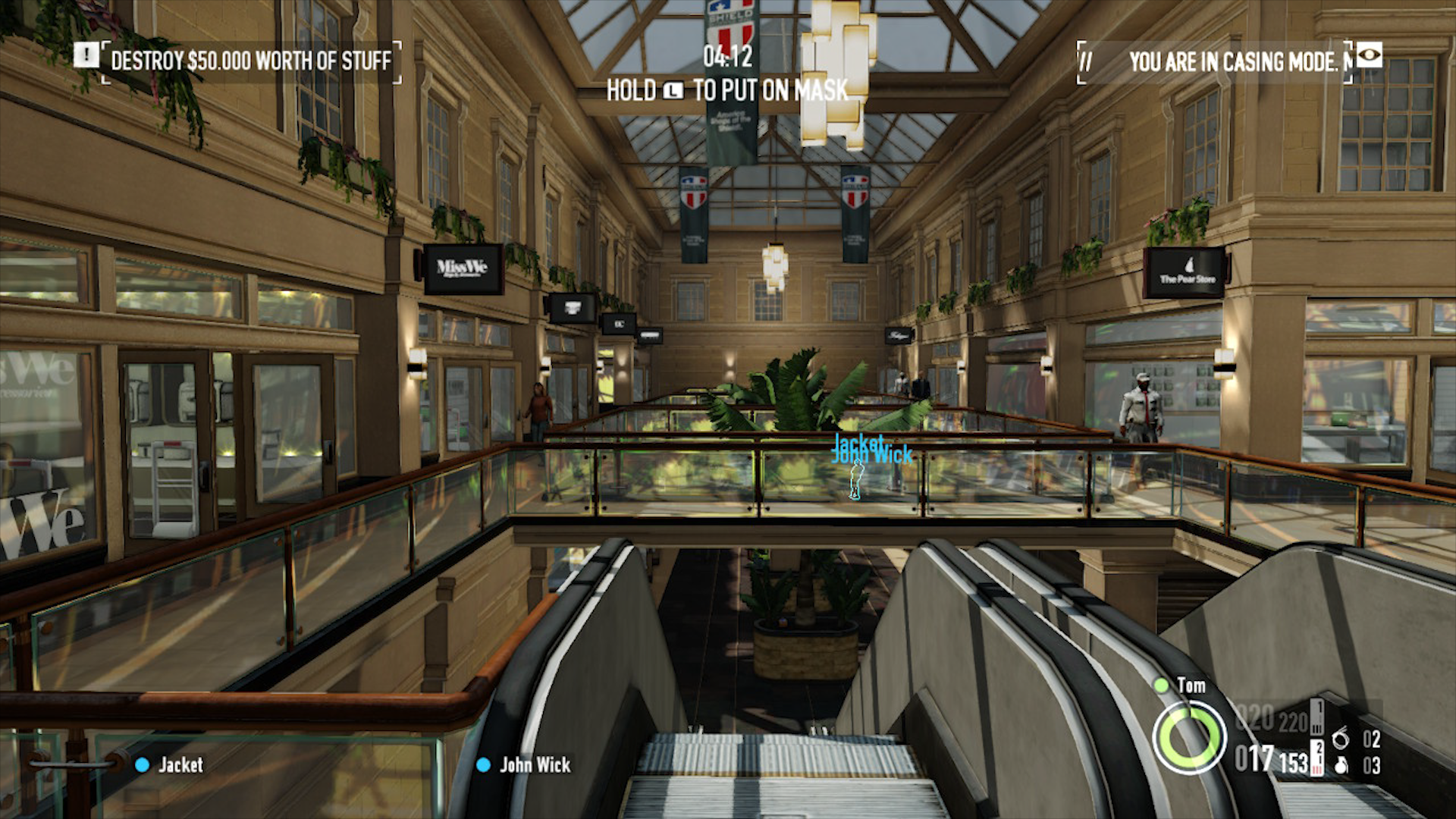
Taken together, Payday 2's visuals aren't really a showcase for the system and it's more a case of how the developers have strategically shaved the PS4 and Xbox One versions in order to get the game running on a significantly less capable system. The issue is that these cut-backs are compounded by a performance level that just isn't up to snuff on Switch. Even with full GPU clock speeds accessible while docked, you can expect many drops below the target 30fps, which obviously isn't ideal for a fast-paced first-person shooter. In fact, some areas can even drop down to 20fps and stay there for long stretches, with alpha transparencies and high levels of geometry the main culprits.
Payday 2's performance issues stick out like a sore thumb for one simple reason: aspects of the gameplay speed are directly tied to the frame-rate. So for example, if the game drops to 20fps, all the action suddenly seems to play out at two-thirds speed, making it feel almost like moving through treacle until frame-rates settle back at its target 30fps again. Given how often the frame-rate is shifting, that makes even simple acts like aiming needlessly difficult.
It's a real issue. Remember that all of these performance issues are still occurring despite those cutbacks to visual quality, and what we're left with still manages to feel uneven and unoptimised. There are other frame-rate based problems too: the game stutters the moment a grenade is thrown - a physics-based interaction that adds a sudden hiccup, on top of any ongoing frame-rate drops. Additional frame-time spikes to 16ms even when the game does hit its target 30fps also serve to add further judder to the experience. Rounding off our concerns with performance, despite the dropped visual settings when playing on the go, frame-rate issues are even more pronounced. In fact, areas we've logged running at 30fps while docked tend to drop closer to 20fps in some areas. Maybe dynamic resolution scaling could have helped to manage the most serious of drops here - Payday 2's pixel-counts are locked, based on our tests.
The Switch has been blessed with a number of great ports recently and it's been wonderful to see so many excellent titles get a new lease of the life on the hybrid system, especially when these conversions allow many of these games to be played portably for the very first time. Compromises are always necessary when transplanting across a PS4/Xbox One title to what is effectively a mobile chipset, and there's often a delicate balancing act to achieve between visual features and performance. The main problem with Payday 2 is the visual cutbacks only go so far in stabilising performance, and with performance so key to gameplay in this case, the end result is a shooter that misses the target.




